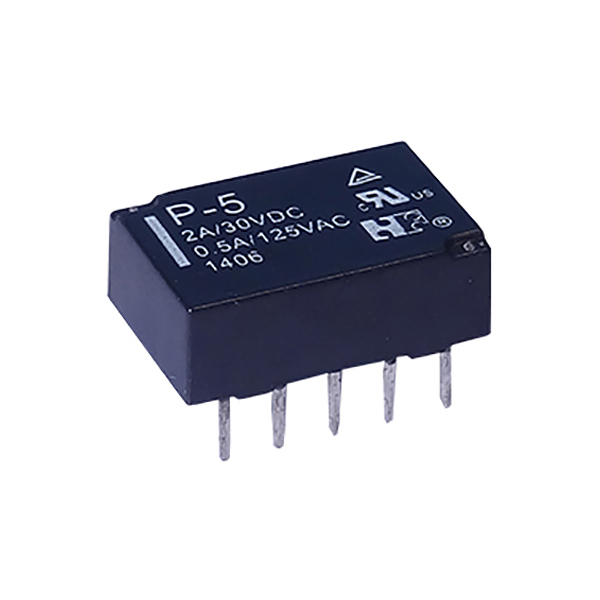What is a signal relay?
2023-10-26
A signal relay, often simply referred to as a "relay," is an electrical device used to control the flow of electricity in an electrical circuit. Relays are commonly used to switch or control a higher-power circuit by using a lower-power signal or control voltage. They serve as electrically operated switches and are essential components in a wide range of applications.
Here are the key features and functions of a signal relay:
1. Switching Function: At its core, a relay is a switch that allows a small electrical signal to control the opening or closing of a separate, larger electrical circuit. When the coil (the input side) of the relay is energized, it causes the switch (the output side) to change its state, either opening or closing the circuit.
2. Isolation: Relays provide electrical isolation between the control circuit (input side) and the load circuit (output side). This isolation is important in applications where it's necessary to protect the control circuit from the voltage and current levels of the load circuit.
3. Amplification: Relays can amplify a weak input signal into a powerful output signal, making them useful in applications where a small control signal needs to control a higher-power device, such as in industrial automation and motor control.
4. Versatility: Relays are available in various types and configurations to meet different application requirements. Common types include electromagnetic relays, solid-state relays (SSRs), and reed relays. Each type has its own advantages and limitations, making them suitable for specific applications.

5. Applications: Signal relays are used in a wide range of applications, including but not limited to:
- Industrial automation and control systems
- Telecommunications equipment
- Automotive electronics, such as for controlling lights and motors
- Home automation and smart devices
- Safety systems and emergency shutdown systems
- HVAC (heating, ventilation, and air conditioning) systems
- Power distribution and protection systems
6. Safety and Redundancy: Relays can be used to implement safety interlocks and redundancy in critical systems. For example, they can be part of a fail-safe system that shuts down machinery in case of a fault.
7. Solid-State Relays (SSRs): While traditional electromagnetic relays use a coil to control the switch, solid-state relays use semiconductor devices (such as transistors) for switching. SSRs have no moving parts, which makes them faster, more reliable, and suitable for applications where silent operation and long service life are important.
The choice of relay type depends on the specific application requirements, such as load type, switching speed, durability, and environmental conditions. Relays are fundamental components in electrical and electronic systems, enabling the control of various devices and circuits with precision and safety.


